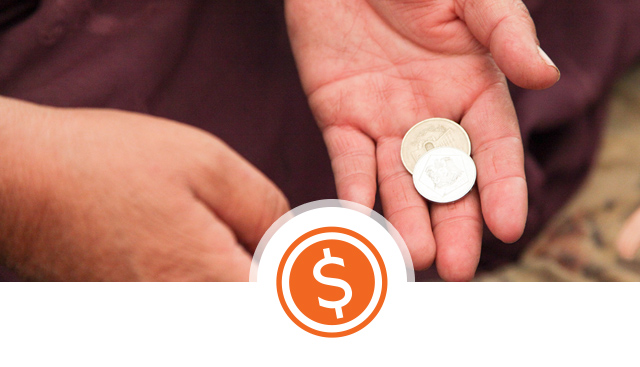
Economic Empowerment

Economic Empowerment
More resources:
- Village Agent Guide (PDF) Our Village Agent Guide provides NGO staff with clear and specific guidance on selecting, training and linking entrepreneurial village farmers to private sector suppliers and buyers to increase market access for very rural communities.
- Integrating Extremely Poor Producers into Markets (PDF)
This Field Guide provides tools for field practitioners to increase market engagement of extremely poor households.
- World Vision builds the capacity of the poor to engage in markets and expand their economic opportunities. A collection of case studies by the SEEP Network highlighted our work in Haiti with the USAID-funded Sak Plen Resiliencey Enhancement Program. See pages 3-7 of the report. Read the Haiti Resiliency Case Study (PDF)
- Our 5-year economic development project in Bangladesh, A Fresh Start, recently concluded, and was evaluated for impact. Read the 5-year report (PDF).
- Sustainable poverty alleviation for the extremely poor requires greater coordination between programs and strategies focused on expanding household incomes and food security and programs focused on larger-scale market development. World Vision, CARE, and ACDI/VOCA share their experiences with push-pull strategies and lessons learned in a peer-reviewed article in the Enterprise Development and Microfinance journal. Read the peer-reviewed article.
- In Kenya, World Vision uses Information and Communication Technologies for Development (ICT4D) to ensure the holistic well-being of children. View the report (PDF) or watch the video.
- World Vision’s Gates Foundation-funded ProRenda project in Angola had impact on production, marketing, and incomes of households. Read the assessment (PDF).
- World Vision and FHI 360 produced the “Integrating Extremely Poor Producers into Markets Field Guide,” a summary video, and an assessment of its effectiveness in changing behavior appeared in the June 2014 issue of the Enterprise Development and Microfinance journal.
- We found microloan clients tend to eat more, send their children to school, rely less on health assistance, and have children with stronger psychosocial well-being. Read the report (PDF).
